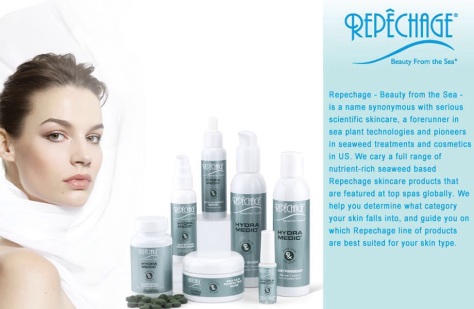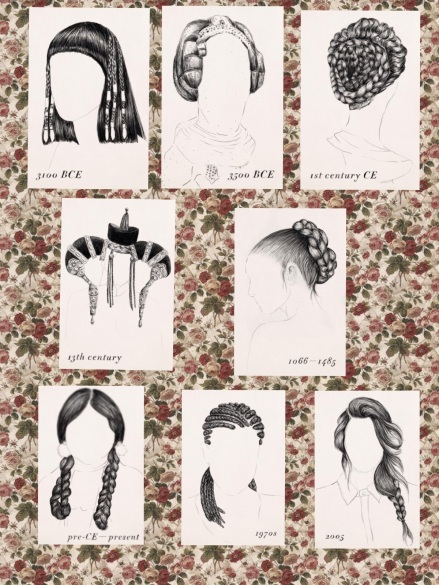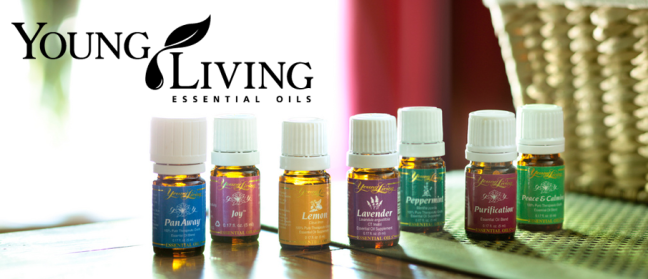Hair coloring is the practice of changing the color of hair. The main reasons for this practice are cosmetic, such as, to cover gray hair, to change to a color regarded as more fashionable or desirable, and to restore the original hair color after it has been discolored by hairdressing processes or sun bleaching. Hair dyeing involves treatment of the hair with various chemical compounds.
Hair color was traditionally applied to the hair as one overall color. The modern trend is to use several colors to produce streaks or gradations, either on top of the natural color or on top of a single base color.
These are referred to as:
Highlighting, where sections of hair are treated with lighteners, usually to create blonde streaks.
Lowlighting, where sections of hair are treated with darker hair color.
The above mentioned can be applied by the following methods:
Foiling, where pieces of foil or plastic film are used to separate off the hair to be colored; especially when applying more than one color.
Cap, when a plastic cap is placed tight on the head and strands are pulled through with a hook.
Balayage or dip-dyeing, where hair color is painted directly onto sections of the hair with no foils used to keep the color contained.
All application techniques can be used with any type of color. For highlights, the hair will sometimes have to be bleached before coloring.
Types of hair coloring
The four most common classifications are:
Permanent hair color: A popular way to achieve permanent hair coloring is through the use of oxidation dyes. The process is typically performed under basic conditions.
Demi-permanent hair color: More effective at covering gray hair than semi-permanents, but less so than permanents.
Semi-permanent hair dye: The color will survive repeated washing, typically 4–5 shampoos or a few weeks. Semi-permanents contain no, or very low levels of developer, peroxide or ammonia, and are therefore safer for damaged or fragile hair.
Temporary hair color: Temporary hair color is available in various forms including rinses, shampoos, gels, sprays, and foams. Temporary hair color is typically brighter and more vibrant than semi-permanent and permanent hair color. It is most often used to color hair for special occasions such as costume parties and Halloween.
History
The dyeing of hair is an ancient art. In ancient times, the dyes were obtained from plants.
Some important information on the history of hair dyeing:
The Gauls -1st Century B.C. – were known to dye their hair red as a mark of class and rank.
Roman society in 300 B.C. noble women tinted their hair red, middle-class women colored their hair blonde, while poor women dyed their hair black.
In 3400 B.C., ancient Egyptians began using henna to camouflage their grays.
Roman doctor Galen described a recipe for black dye in 100 A.D. Scientists re-created the formula in 2006 and found it actually works.
In 1859, when a German student, experimenting with coal tar, diluted it with alcohol and found that he had created a purple dye.
1860, was the approximate year, hydrogen peroxide was first used as hair bleach.
The first synthetic hair dye was invented in 1907 by Eugene Schueller.
1931 was the year “platinum blonde” was coined to describe Jean Harlow, star of the movie…PLATINUM BLONDE.
“Because I’m worth it,” has remained L’Oreal’s evergreen theme ever since Ilon Specht wrote the tag line in 1973.
Today, hair coloring is immensely popular, with over 85 percent of American women dyeing their hair.


